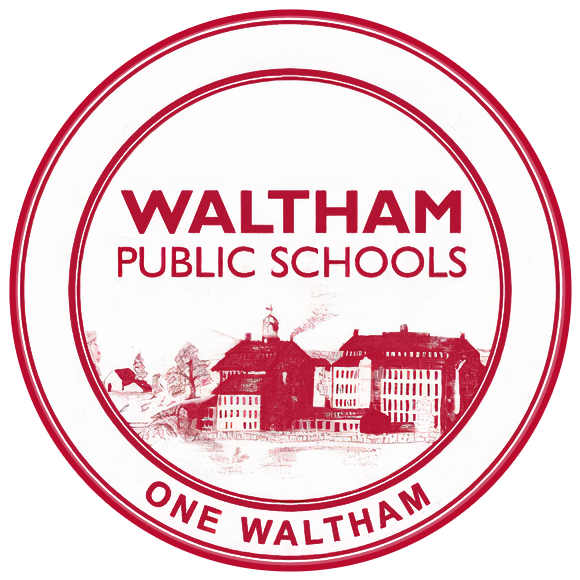WHS ASL 1 Curriculum Guide
COURSE DESCRIPTION: The purpose of this course is to help you develop basic proficiency in American Sign Language through a linguistic, communicative, and cultural approach. Emphasis is placed on the development of receptive and expressive signing skills and on the acquisition of the fundamentals of applied grammar. We will also be focusing on in-depth translating basic English to ASL and ASL to English (cultural adjustment).
Main text used: *Master ASL! Textbook & Student DVD, Jason E. Zinza. SignMedia. Master ASL! Student Companion, Jason E. Zinza. SignMedia.
*Additional teacher handouts.
Unit | Timeframe | Big Ideas (Statements or Essential Questions) | Major Learning Experiences from Unit |
|---|---|---|---|
1 | Sept/Oct. | ASL 1 Goals 1. Engage in conversations in American Sign Language to express feelings, ideas, and to exchange opinions. 2. Demonstrate understanding of expressive American Sign Language on a variety of topics. 3. Present information and ideas to an audience through expressive American Sign Language. 4. Demonstrate understanding of social interaction patterns within American Sign Language and Deaf Culture through participation in cultural activities in the classroom or in a virtual Google Meet class. 5. Demonstrate ability to prepare text, make cultural adjustments, and interpret ASL to English and English to ASL. | Review of ASL parameters; name signs; fingerspelling, greetings; eye contact; definitions of: ASL, Deaf Community, Deaf Culture; getting attention; facial expression and body language; farewells in ASL; non-manual signs; Deaf Culture/History: the timeline of ASL |
2 | Oct./Nov | Asking for advice in ASL- asking for help, directionality, fingerspelling continued, WH-facial expression, head nod/negation, Deaf Culture/History Special activity- Halloween story in ASL: “House of Fear” | |
3 | Nov/Dec | Getting to know you- Where ?, location vocabulary and grammar, narrating your life experiences in ASL, city/state signs, topic-comment structure, possession, character work with body shifting, interests vocabulary, talking about the weather, glossing continued, storytelling in ASL, Deaf Culture/History: Is ASL universal? How is it the same or different from other sign languages? Special activity-Children storytelling | |
4 | Jan/Feb | ASL 1 Primary Indicators The students will demonstrate... conversational expression of feelings, ideas, and opinions in American Sign Language comprehension of American Sign Language signed presentation of information and ideas in American Sign Language social interaction patterns within Deaf Culture communication patterns of American Sign Language when possible, sharing knowledge of Deaf Culture, its rules of communication, etc. with the greater Waltham High School community glossing ASL interpreting and cultural adjustments in ASL and English | Classroom vocabulary- the signed question mark, when?, time vocabulary ( ie. days of the week, months, etc.), grammar structure for time, numbers, rule of 9, the age spot, expressing a routine in ASL, introduction to glossing, Deaf Culture/History: how labels impact the Deaf Community Special topic- Hearing Loss- auditory anatomy, types of losses, cochlear implants, remediation and hearing aides, implications of hearing loss on communication, receptive skills, acceptance in the Deaf Community. |
5 | Feb/March | What is the big picture? The students will.. -be able to interact with members of the Deaf Community in ASL -be able to support the standards of the Deaf Community -will be able to demonstrate understanding of the various kinds of hearing losses, amplification, etc. and how it will impact communication (total communication, ASL, PSE, lipreading, etc.) with members of the Deaf Community. -will be able to demonstrate connections to their own communities/cultures to the Deaf Community/Culture | Friends and Family-how to describe family trees in ASL, gender distinction in ASL, contrastive structures-shoulder shifting, conjugating the verb “to go”, pronouns continued, taking on character, describing qualities,glossing continued, Deaf Culture/History |
6 | March/April | School related vocabulary- vocabulary connected to school-activities, courses of study, and locations, the agent marker, introduction to classifiers (1 handshape, inverted V, 3 handshape, etc.), multiple means of signs, glossing continued, ABC/number/classifier stories, Deaf poetry, Deaf Culture/History | |
7 | May/June | WHS Instructional Priority: Students engage in cognitively demanding tasks that promote evidence-based discussion Identities: You will learn something about yourselves and/or others who are different than you Skills: You will learn skills within the content that can be applied in multiple settings Intellect: You will gain knowledge and awareness about the subject throughout this course Criticality: You will engage with your classmates and me about your thinking about power, equity, and anti-oppression in course materials, in society, and in the world | Sports activities- use of EXPERIENCE, NOT-YET, and FINISH signs, continued work on classifiers (5 handshape, bent V, B and base-B handshapes, etc., verb tensing/syntax of how to do that in ASL, duration, Deaf Culture/History |
